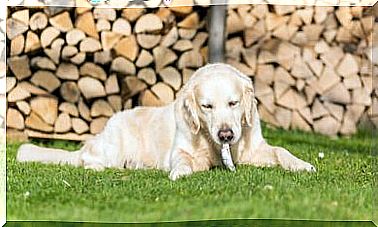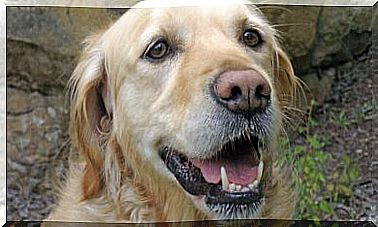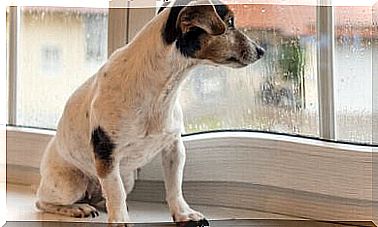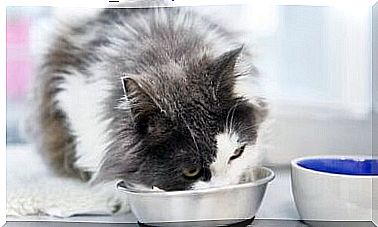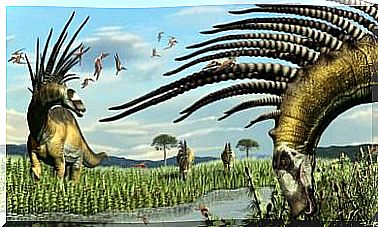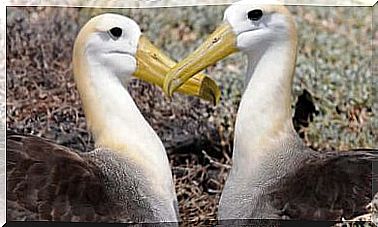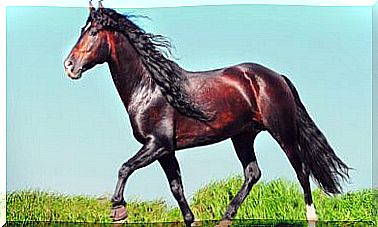Domestic Turkey Food
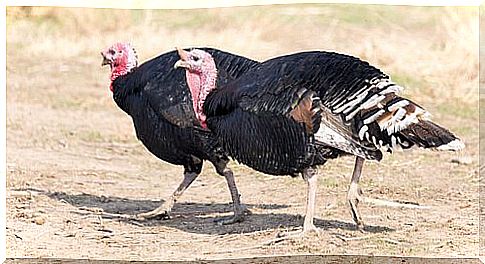
Turkeys are animals very present in our lives. We’ve certainly all seen one when we were little, even if it was in a zoo.
We’ve already been amazed by the magnificent peacock’s tail, and we’ve also tasted the turkey meat for Christmas dinner many times.
Their differences are very obvious, not just when it comes to beauty. Still, we want to talk about feeding the domestic turkey.
Domestic turkey food
Before getting into the subject of food, let’s see and learn more about this animal.
This type of turkey is known to be raised on farms and farms. It is used for food, because its eggs are not very commercialized.
Depending on where this animal is raised, it is known by one name or another, although the most commonly used name is common turkey.
Source
Believe it or not, turkey is the product of an artificial selection made by man. During the process, they tried to obtain the necessary proteins through their meat and eggs.
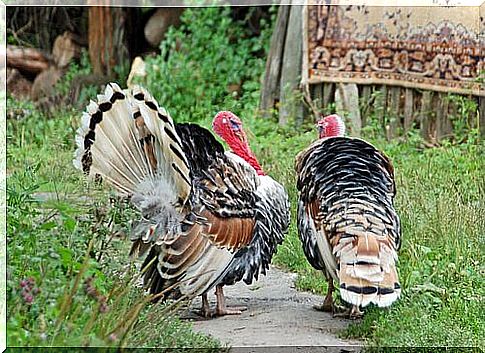
There were also some indigenous civilizations that treated this animal as a god, since they related it to one of their deities, called Tezcatlipoca.
When the Spaniards “discovered” America, several of these birds were taken to Europe to be domesticated and bred, and they were called Indian Hens.
Since then, the creation of this animal, which grows rapidly, began. People saw in this the opportunity to eat and sell their meat.
The flavor of the eggs was not very pleasant, so they were barely commercialized, to say the least.
General characteristics of domestic turkey
This animal likes to live in temperate climates, which is why Spain is one of the countries where there are more farms with turkey creations.
Due to the industrialization of turkey farming, it is possible to produce millions of specimens each month, so that your meat can be bought easily and at a good price.
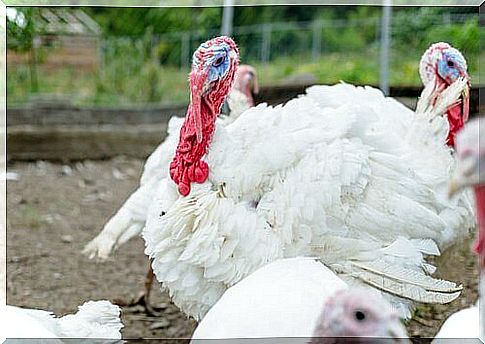
The domestic turkeys that are bred keep their feathers white, while the wild turkey has dark brown tones. Why this is still unknown.
The funny thing is that the head and neck have no feathers, which makes them really fun to watch.
Its legs are robust, very different from those of chickens, for example. Your skin is pink, but sometimes it may have reddish, purple or even bluish spots or hues.
If there’s something that stands out in his physical appearance, it’s his dark red chin, which is a bulge – no one knows whether it’s skin or flesh – that makes him special and different from other birds.

There are turkeys that can measure more than a meter in height and their width, with open wings, can reach two meters.
Their weight varies between 8 and 10 kilos, while females rarely exceed five.
domestic turkey food
When turkeys are wild, that is, when they live in their natural habitat, they can feed on insects, grains, seeds and even some fruits or vegetables found in the region.
However, domestic turkeys that are raised on farms primarily feed on feed.
In fact, it is a granulated food with a high percentage of protein, as this is the essential nutrient for its development.
This is especially the first few months of life. As it grows, dietary protein decreases and calories increase.
The domestic turkey is a very active animal and needs a high caloric intake to get all the exercise it does every day.
In fact, calories continue to increase, because once the turkey develops, the purpose of its nutrition changes.
Unfortunately, what you want is to fatten them up to get the most out of them. Sad but true.
